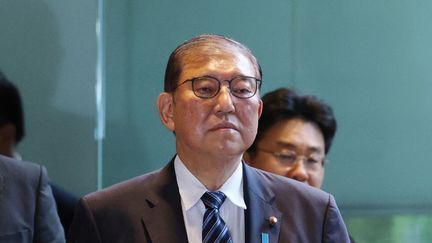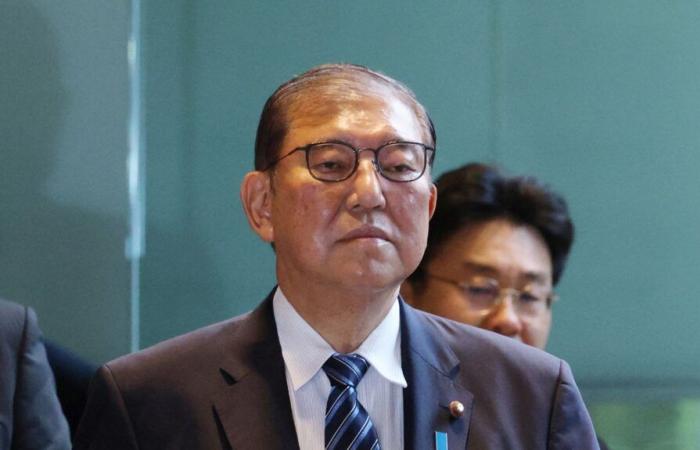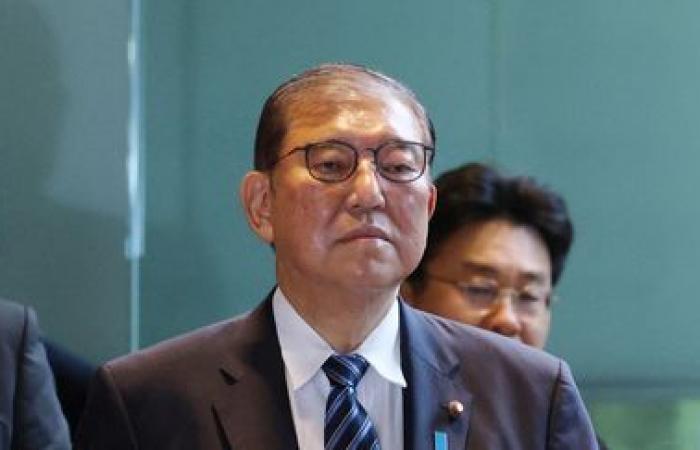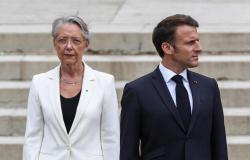Prime Minister Shigeru Ishiba's plan still needs to be approved in Parliament, where the government no longer has an absolute majority.
Published on 22/11/2024 11:33
Updated on 22/11/2024 13:55
Reading time: 2min

The Japanese government approved, on Friday, November 22, a recovery plan equivalent to 136 billion euros to boost consumers' purchasing power in the face of inflation and stimulate sluggish growth. This 21.9 trillion yen plan comes a month after a bitter electoral failure by the ruling coalition. It will still have to be approved in Parliament, where the government of Prime Minister Shigeru Ishiba no longer has an absolute majority.
The program includes packages of around 30,000 yen (186 euros) for low-income households, subsidies for fuel and energy, tax adjustments, as well as assistance for small businesses, according to the government. “The objective is to ensure that salary progression is regularly higher than inflation, and to ensure a transition towards an economy oriented towards growth, driven by salary increases and investment”according to a press release.
The overall impact could reach 39,000 billion yen (242 billion euros) if private sector loans and investments are added. Everything will be financed with a lot of additional public spending, which will require an amended budget to be passed by the end of December.
For Prime Minister Shigeru Ishiba, boosting consumption was a priority. After promising in the wake of his appointment at the beginning of October to support low-income households and revitalize rural regions, he suffered a heavy failure in the early legislative elections at the end of October. Dissatisfaction with the rise in consumer prices weighed heavily in the vote. Inflation, which is weighing down household spending, reached 2.3% again in October, with a historic surge of 59% in rice prices over one year.








